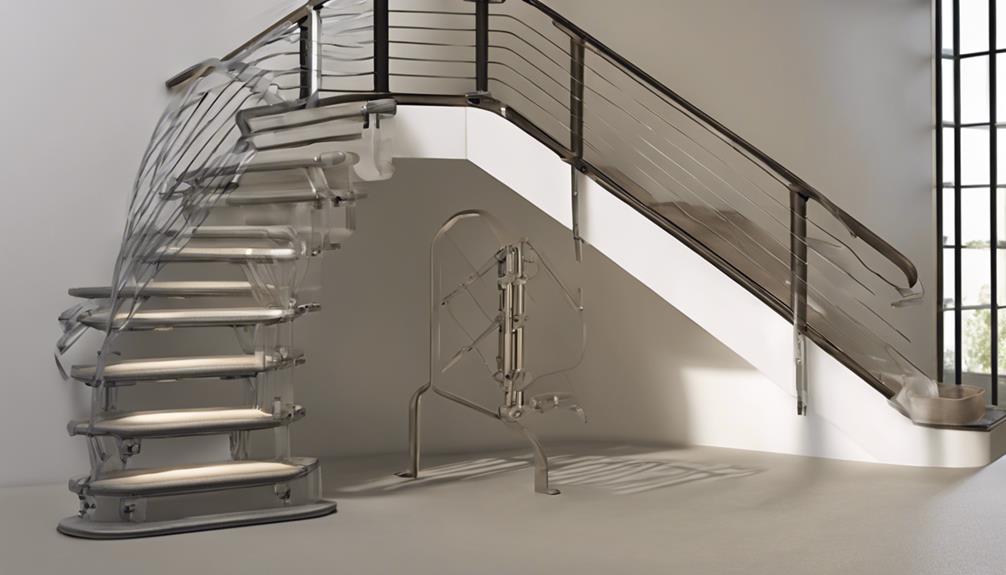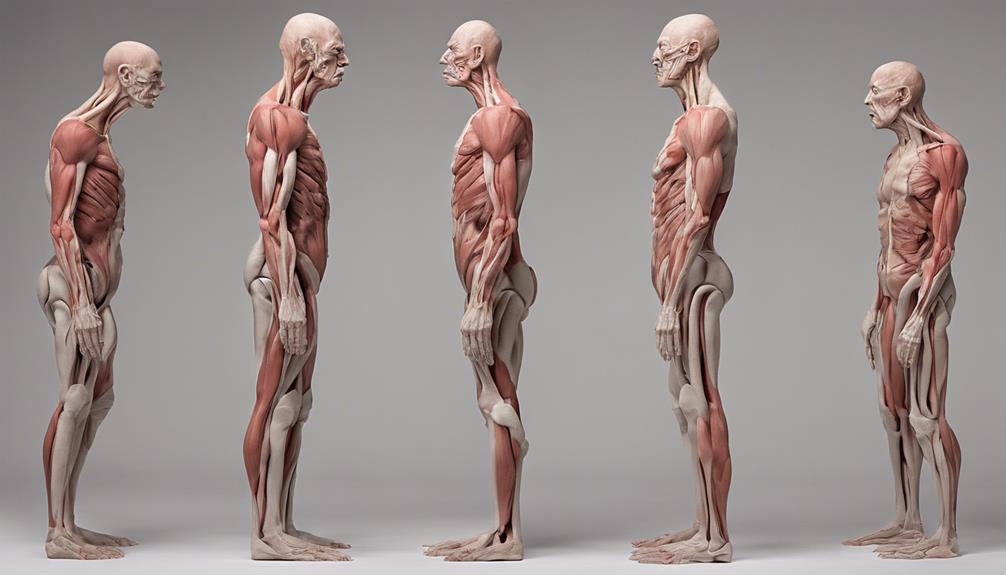To effectively prevent falls, you should focus on enhancing home safety. This includes securing loose rugs, improving lighting, and decluttering walkways to reduce hazards. It’s important to regularly evaluate your risk factors, such as health conditions and medications that could impact your balance. Engaging in balance exercises can help improve stability. Installing assistive devices like grab bars and handrails is also recommended. Additionally, make sure to wear proper footwear with good traction and support. These steps, in addition to maintaining a healthy lifestyle, are crucial for preventing falls. Mastering fall prevention techniques is essential for overall well-being and safety. For more tips on enhancing your fall prevention efforts, click here.
Key Takeaways
- Conduct falls prevention risk assessments to identify hazards and individual risk factors.
- Enhance home safety by installing handrails, grab bars, and improving lighting.
- Improve balance through regular exercise and physical activity.
- Wear appropriate footwear with good traction and support.
- Educate on falls prevention, maintain a healthy diet, and implement safety measures.
Risk Factors for Falls
When evaluating the risk factors for falls, we must take into account a variety of environmental, biological, and medical factors that can greatly enhance the likelihood of a fall occurrence. Environmental hazards such as loose rugs, poor lighting, and cluttered walkways pose significant risks for falls. To prevent falls, it's important to address these hazards by ensuring clear pathways, adequate lighting, and secure carpets in the living environment.
Additionally, health conditions like Parkinson's disease, COPD, and certain medications can compromise balance and increase the risk of falling. Regular balance exercises can help improve stability and reduce the likelihood of falls among individuals with these health conditions. Furthermore, using assistive devices like grab bars in bathrooms and handrails on stairs can provide essential support and aid in fall prevention.
Common Reasons for Falls
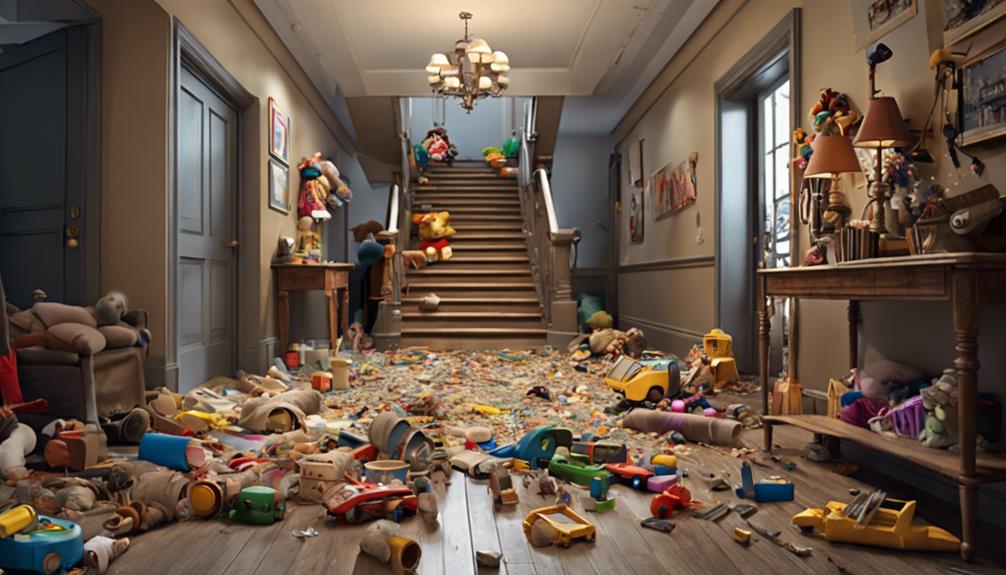
After identifying the risk factors for falls, it's important to understand the common reasons that contribute to these incidents. Unintentional falls are the leading cause of injury for seniors, leading to numerous emergency department visits annually.
Among older adults, falls in the home, slips, trips, and medication side effects are prevalent reasons for falls. Biological factors and chronic conditions such as Parkinson's disease and COPD also elevate the risk of falling.
Environmental hazards like loose rugs and poor lighting play a significant role in increasing fall risks. Additionally, certain medications with side effects like drowsiness or dizziness can raise the likelihood of falling.
To prevent falls, it's essential to address these common reasons by ensuring home safety, eliminating environmental hazards, and monitoring medication side effects carefully. By taking proactive measures to mitigate these factors, the risk of falls can be greatly reduced, promoting safety and well-being among seniors.
Falls Prevention Risk Assessment
Regularly conducting falls prevention risk evaluations is vital in identifying individual risk factors and tailoring personalized prevention strategies for seniors and individuals at risk. These evaluations help healthcare professionals evaluate various aspects such as health conditions, environmental hazards, balance and gait, medication use, vision, and home safety. By evaluating these factors, tailored falls prevention interventions can be implemented to reduce the risk of falls.
A thorough falls prevention risk evaluation may include a home safety assessment to address potential hazards in the living environment. Moreover, tracking changes in individual risk factors over time through regular evaluations allows for the adjustment of prevention strategies as needed. Ensuring a thorough assessment of all relevant factors and implementing personalized strategies based on the evaluation results are important steps in effectively preventing falls among seniors and individuals at risk.
Conducting balance and gait assessments alongside evaluating other contributing factors can greatly enhance the effectiveness of falls prevention efforts.
Home Adaptations for Fall Prevention
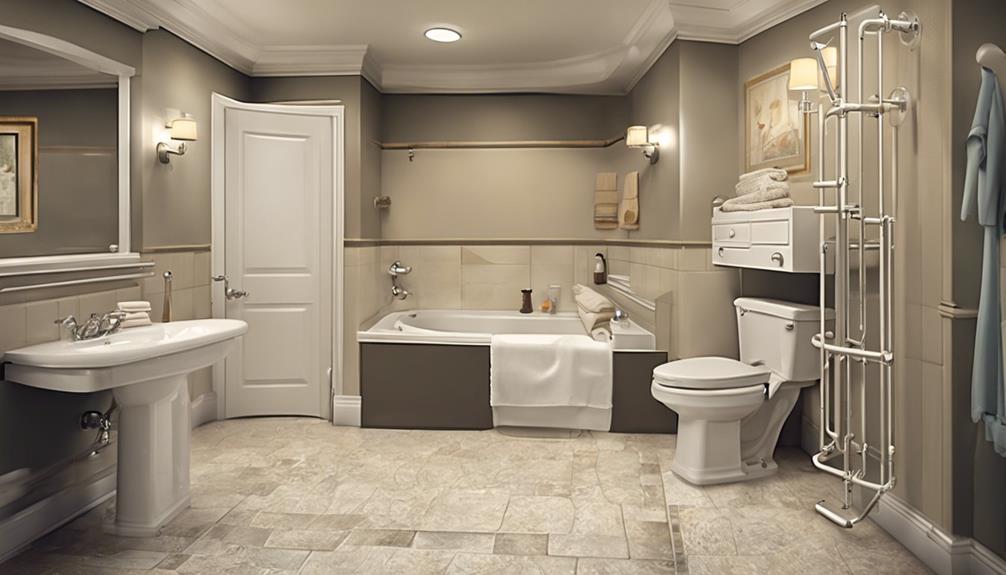
How can simple home adaptations greatly reduce the risk of falls for seniors and individuals at risk?
Installing handrails, grab bars, and non-slip bath mats in important areas of the home can greatly improve balance and reduce fall risks. Enhancing lighting and eliminating tripping hazards like loose rugs are essential steps in ensuring home safety and preventing falls.
Proper handrails on staircases and non-skid mats in the bathroom play an important role in reducing the chances of accidents. Consulting healthcare professionals for advice on falls prevention products and services can further optimize your efforts in preventing falls at home.
Additionally, documenting falls, assisting individuals into a comfortable position, and keeping them warm are key safety measures that should be integrated into your home adaptations for fall prevention routine. By implementing these practical tips and making necessary adjustments, you can create a safer home environment that minimizes the risk of falls and promotes overall well-being.
Preventive Measures for Falls
Implementing preventive measures for falls is essential in maintaining safety and well-being, requiring a proactive approach to home modifications and lifestyle choices. To prevent falls effectively, it's critical to improve balance through exercise classes and regular physical activity. Additionally, conducting falls prevention risk assessments can help identify potential hazards in the home environment and address them promptly. Wearing appropriate footwear that provides good traction and support is also essential in reducing the risk of falls.
Furthermore, making adjustments to the home environment, such as installing handrails, grab bars, and ensuring proper lighting, can greatly enhance fall prevention efforts. Considering adaptations like ramps and additional lighting, especially in areas prone to slips or trips, can further minimize the risk of falls. Engaging in education and exercise classes, maintaining a healthy diet, and prioritizing safety measures like appropriate footwear are key preventive measures to safeguard against falls and promote overall well-being.
Fall Prevention Equipment Installation
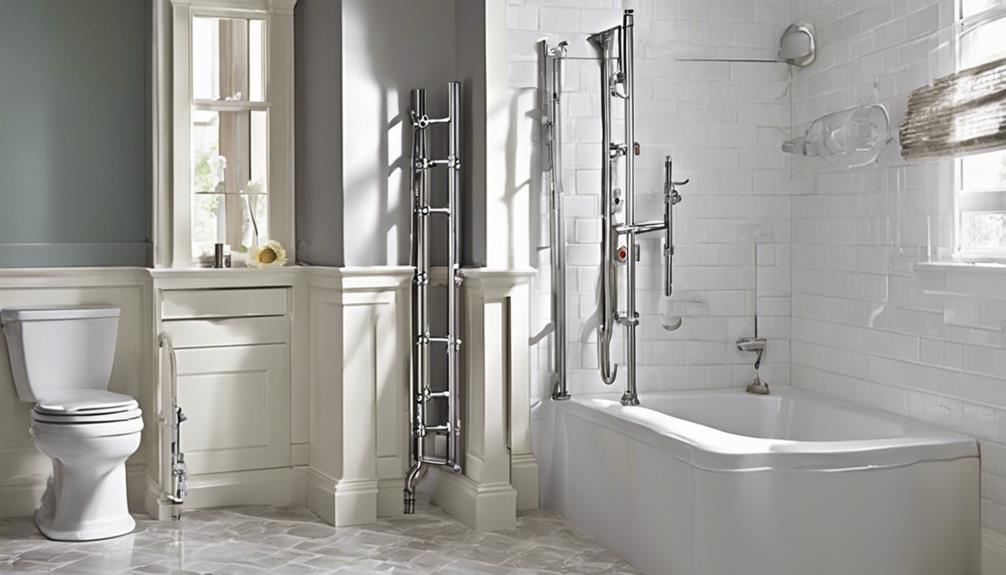
When considering fall prevention, the installation of key equipment such as handrails and grab bars is essential to reducing the risk of accidents. Installing handrails in important areas like staircases and bathrooms provides much-needed support for individuals. Similarly, grab bars near toilets and showers are essential for preventing slips and falls.
Bed rails can offer stability, aiding individuals in safely getting in and out of bed. Non-slip bath mats in the shower and bathroom enhance safety by reducing the likelihood of slipping on wet surfaces. Proper lighting throughout the home, especially in areas like hallways and staircases, is fundamental for fall prevention.
Ensuring that these fall prevention equipment items are correctly installed in key areas can greatly enhance safety and reduce the risk of accidents. By paying attention to these details and incorporating these safety measures, individuals can create a safer environment that minimizes the chances of falls.
Response Protocol for a Fall
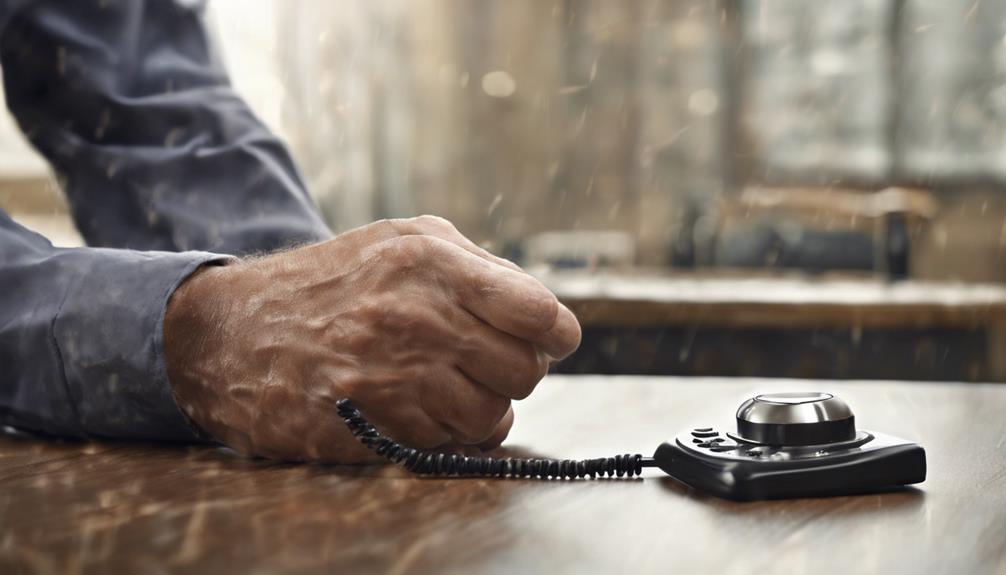
In the event of a fall, swift action is vital to guarantee the individual's safety and well-being. Following the F-A-L-L acronym is key for the immediate response protocol after a fall. Here's how to handle the situation effectively:
- F: Find out what happened: Assess the situation to understand the cause of the fall.
- A: Assess the individual: Check for injuries and provide immediate assistance.
- L: Listen to the person: Understand their needs and concerns post-fall.
- L: Look for help: Seek prompt medical help for proper assessment and treatment.
After addressing the immediate concerns, providing recovery support such as personal home assistance or physiotherapy can aid in the healing process. Additionally, it's vital to address both the physical and mental health effects post-fall, including fear of falling and depression, for overall well-being.
Taking preventive measures to reduce the risk of future falls is a proactive approach to fall prevention.
Frequently Asked Questions
What Are the 5 P's of Fall Prevention?
The 5 P's of fall prevention are Proper Planning, Prevention, Preparedness, Proactivity, and Promptness. These principles stress proactive measures to reduce fall risks and create a safe environment.
Proper planning involves identifying potential fall hazards and taking preventive actions. Prevention focuses on strategies to avoid falls before they happen. Preparedness means being ready to respond quickly in case of a fall to minimize injuries.
Proactivity and promptness are key to preventing falls effectively.
What Are 3 Guidelines for Preventing Falls?
When preventing falls, three key guidelines to follow include:
- Adapting the home environment
- Maintaining a healthy diet
- Wearing proper footwear
These measures can greatly reduce the risk of falling and promote better balance. By focusing on these aspects, individuals can create a safer living space and enhance their overall well-being.
What Are the 4 P's of Fall Prevention?
The 4 P's of fall prevention are:
- Personal factors like age, balance issues, and chronic conditions increase fall risk.
- Physical Environment hazards include poor lighting and slippery floors.
- Prescription Medications can cause side effects affecting balance.
- Physician Communication involves discussing fall risks with healthcare providers for tailored prevention strategies.
It's essential to address these areas thoroughly to reduce the risk of falls effectively.
What Is the Guidance on Falls Prevention?
To prevent falls, adapt your home, eat well, and wear proper shoes. Get educated, exercise, and assess your fall risks. Install handrails, grab bars, and good lighting. Consider snow removal, ramps, and extra lighting.
If you fall, follow the F-A-L-L steps and seek medical help. These steps can help prevent falls and keep you safe.
Conclusion
To sum up, addressing fall risks involves:
- Identifying risk factors
- Making essential home adaptations
- Implementing preventive measures
By evaluating potential hazards, installing fall prevention equipment, and establishing a response protocol, individuals can reduce the chances of falls and minimize the risk of injury.
Remember, staying proactive and taking necessary precautions can help maintain safety and independence. Stay vigilant, stay safe.
